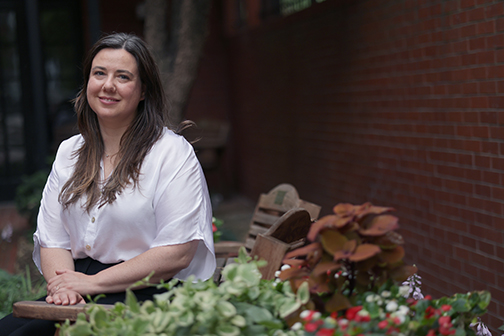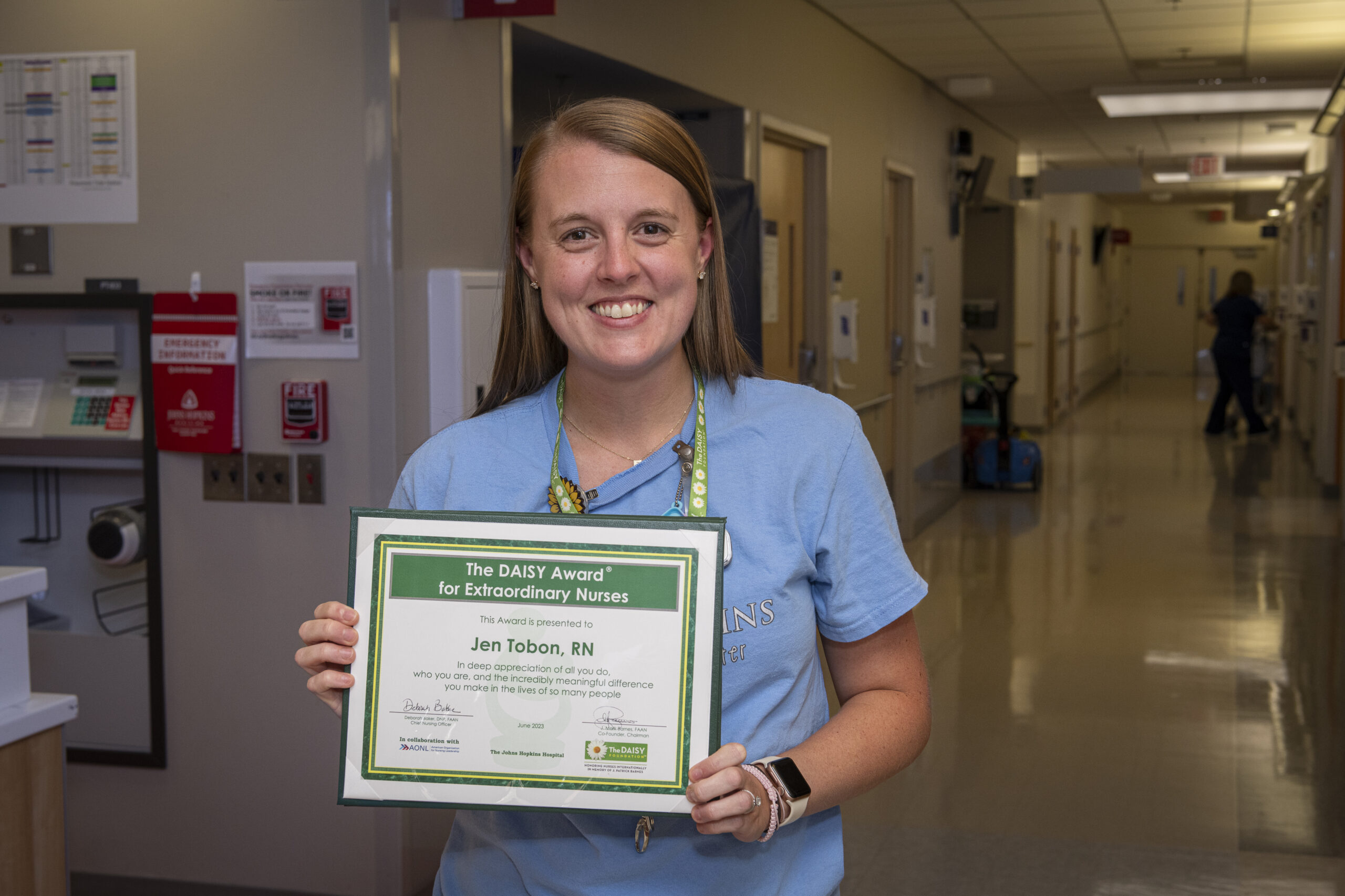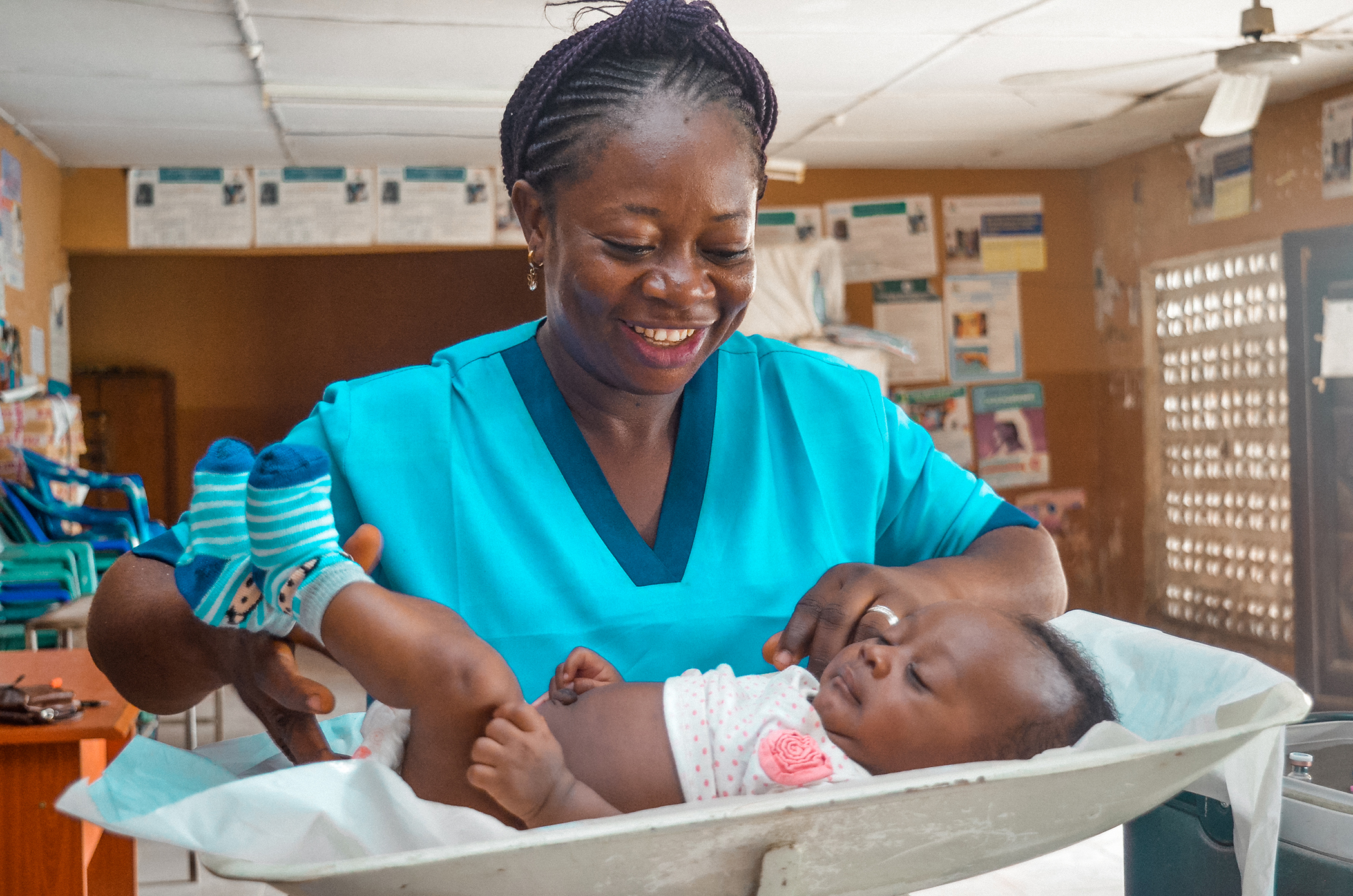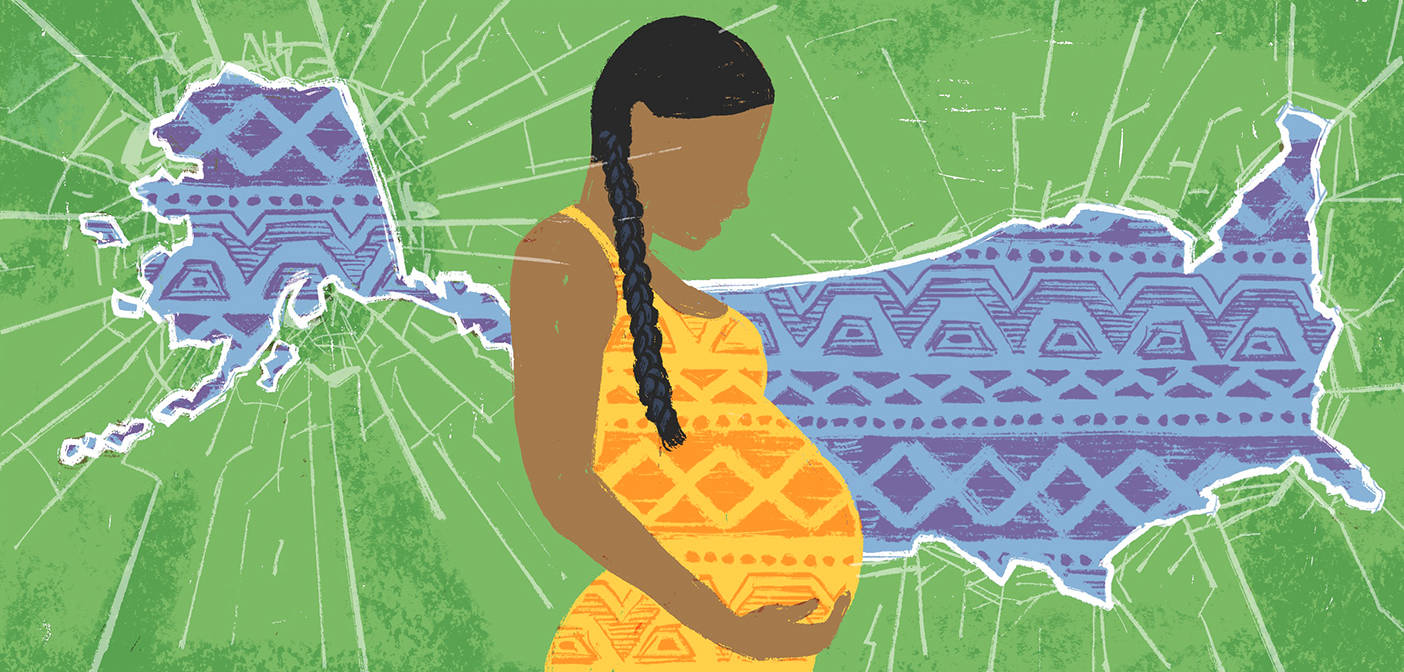Take a deep breath in, now let it out. Over 2 million children in the United States have uncontrolled asthma, so for them, the simple act of breathing in and breathing out is complicated. Children with uncontrolled asthma have frequent attacks, which entails coughing fits and struggling to breathe at least two days a week. They also spend more time in emergency departments and hospitals than most other children. Rates of uncontrolled asthma are disproportionately higher for children living in poverty and those who are racial and ethnic minorities due social inequities outside of their families’ control. Did you know people can die from asthma, and that non-Hispanic African-American children are nearly eight times as likely to die from asthma as non-Hispanic white children because more of their families live in poverty? Did you know that one potential way to improve asthma for children living in cities is by adding green space, such as grass and trees, to their neighborhoods?
Picture yourself in a favorite park, forest, or field. Take a few moments to close your eyes and deeply breathe in the fresh air. Now open your eyes.
The feeling you have now—that sense of calm—is the power of green space. Research confirms that green space decreases stress and decreases air pollution. Growing up in poverty is associated with increased exposures to asthma triggers such as chronic stress and higher exposure to outdoor air pollution. Although there are many children living in poverty who are not exposed to asthma triggers within their communities, research demonstrates that children living in poverty are exposed to higher amounts of asthma triggers, such as cockroaches, mice, and secondhand smoke compared to those who are not living in poverty. For families who have unstable housing or are renting apartments, these factors are very difficult to change, and each may lead to uncontrolled asthma.
Green space, it seems, could be a partial solution that communities are able to change. Not only does it decrease stress and decrease air pollution, it also gives children a place to play outside, thereby decreasing their exposure to indoor asthma triggers. Thus far, researchers investigating the links between neighborhood green space and asthma have yielded mixed results. I think this is because they did not account for outside factors that influence the use of green space in cities, such as neighborhood safety. It makes sense that parents living in neighborhoods they find unsafe are likely to keep their children indoors, potentially increasing exposure to cockroaches, mice, and secondhand smoke, and limiting the potential benefits of neighborhood green space.
My research examines the associations between neighborhood green space, safety, and asthma control for children living in Baltimore City. The results of my research will help inform programs that add green space to neighborhoods.
Rather than imagining green space, we should all be able to experience it firsthand. This vision is shared by the Baltimore Office of Sustainability, whose Green Network Plan works to improve neighborhoods by interconnecting and adding green spaces throughout the city. The project emphasizes community collaboration to transform abandoned buildings and vacant lots into community assets like parks, urban gardens, and recreation areas. With several beautiful green spaces around the city, the project also aims to physically link the areas, thus making them accessible to all neighborhoods.
This project and my research are social justice approaches to health inequities affecting low-income, mostly African-American children with asthma. As nurses, we must advance the right of all families to have an equal opportunity to achieve optimal health by living in clean, healthy environments.
ABOUT THE AUTHOR: KELLI DEPRIEST
Kelli DePriest is a PhD candidate at the Johns Hopkins School of Nursing and a pediatric intensive care unit nurse. This experience, along with her time in the Peace Corps, has inspired her goal of working to decrease health disparities. Her research interests focus on the health of children and their families.


 Psych PhD Candidate Guides Families Full Circle
Psych PhD Candidate Guides Families Full Circle DAISY Awards Fall 2023
DAISY Awards Fall 2023 Nurse Edith Brings Primary Health Care to Everyone in Rural Nigeria
Nurse Edith Brings Primary Health Care to Everyone in Rural Nigeria From Health at Home to ICU, Pediatric Nurse Practitioners Talk About the Care Continuum
From Health at Home to ICU, Pediatric Nurse Practitioners Talk About the Care Continuum Heart Health in Native Populations
Heart Health in Native Populations







